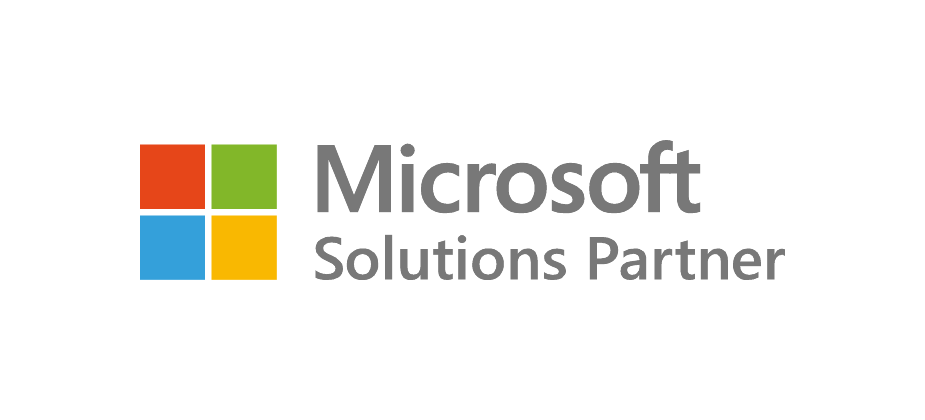The Automation Window of Opportunity is Open
The threat of artificial intelligence replacing the need for workers is a real concern for some organisations. Others see the opportunity of improving productivity and reducing costs through robots and automation as the only way they will be able to compete in the future. It’s a question that has been with us for some time, and while radical claims are made from time to time, automation of many repetitive and mundane tasks is something we have been doing for over a century.
Before embarking on a journey of automation, questions should be raised regarding what to automate. Poorly designed processes can suffer from non-value adding steps, wastage and inefficiencies that when automated, can simply allow you to fail faster.
Most organisations have some form of procedures documented to ensure that there is a level of consistency in the way activities and tasks are completed, yet on closer inspection, there can be a variety of interpretation or decisions made about which parts of the documented process must be followed, and what can be adapted to suit individual situations.
Insights from the Field
When looking into many organisations processes, we are often surprised at how relatively simple processes can quickly become complex through all the variations that have been introduced over time to suit some specific requirements which may no longer be required. The more complex a process is, the more likely that it won’t be followed exactly. Typically, the documentation only goes so far, and some parts of the process are left to the individual to decide how to address. Documenting current processes in detail, resisting the temptation to make changes as they are documented, is the first step in automation for any organisation.
Another sometimes surprising effect of shining a light on existing processes, is the amount of internal red tape that creeps in. Is it really important to have copies of receipts for the office milk supply in the kitchen to be entered into a spreadsheet, reconciled, printed and signed in triplicate before a reimbursement is made? Perhaps a trivial example, but according to a report by a large consulting firm a few years ago, internal red tape can introduce costs far greater than the external governmental red tape that is often the source of anguish for many.
Effective process automation also involves identifying newly designed optimal processes that reduce complexity, improve consistency and cut costs but considerable expertise in process design may be required. This problem is compounded by the fact that most processes don’t operate in isolation, but form a much longer sequence of processes that feed data to each other and create loops that need to be considered as a whole.
When reviewing AS-IS processes and designing TO-BE processes, it’s possible to “design-in” quality. The earlier that quality checks are performed in a process, the more likely that re-work and waste will be kept to a minimum.
Once a process has been fully documented, reviewed and redesigned where appropriate, automation can begin. There are a variety of tools available to assist in the journey of automation. The first is to consider the inputs into a process. Is there a stream of data coming from a sensor, or an incoming phone call, or a form being filled out?
Electronic forms represent a key opportunity to improve data quality, reduce errors and improve the speed with which a process can execute. By recording information directly into an electronic form, there is an opportunity to validate data as it’s entered. This means that forms can’t be submitted that are missing mandatory fields, or invalid options that sometimes appear when a paper-based form won’t stop someone from drawing a picture of a cat instead of ticking the right box.
Electronic forms also can avoid poor handwriting creating confusion as to whether guess what was meant by the person filling out the form, or stopping the processes and sending it back for clarification.
When data comes into the process, automation can route that data to each of the systems or applications that need that information. Advanced automation tools are able to hold off sending information to a system that is offline, and store it until the system is available again, without disrupting the entire flow of information.
An automated process also allows for automated alerts and dashboard reports to keep other processes as well as people informed as to the volume of information, error rates and other KPIs that are relevant to the particular process.
Automation has the opportunity to perform tasks at hyper speed, but they can also cause a train wreck if not adequately monitored and supervised.
The Future of Automation
There is no doubt that the journey of automation has already started in your industry. Either you are leading the charge, or your competitors are. The opportunities to reduce waste, increase productivity and more, are tantalising for some.
As artificial intelligence can be applied to various steps within a process, automation can become more intelligence, and take more decisions than it could in the past. Machine learning specifically, has an opportunity here to build a learning capability into a process. This is an evolving area that has moved beyond science fiction to real-world applications in many ways.
So where are the robots? As a child you may have been promised the idea that you would have your very own personal robot one day, performing mundane tasks for you and giving you a better quality of life. Those robots have arrived. Perhaps not in the form of a humanoid robot that we expected, but in the form of robotic process automation in software.
Business Central and Automation
The Microsoft accounting software for small and medium organisations, Business Central, provides an ability to automate processes as part of the application.
In its simplest incarnation, reports can be scheduled to automatically be generated and distributed to users. Notifications are built into the application also, to notify users when something has happened, or they should take some type of action.
Approval workflows allow users to process transactions or add or edit Masterfile information such as changing a supplier’s bank account that requires approval.
These workflows can be quite sophisticated and take into account things such as the role of the user, the team they are in, and the dollar value of the transaction being processed.
In this way, a corporate delegation of authority policy may be implemented within the ERP system, rather than just be a separate policy which is supposed to be followed.
Complex processes can also be automated through the workflow engine built into Business Central, or by utilising the Microsoft Office software PowerAutomate.
An advantage of using this external automation technology, is that processes can span multiple products, including Business Central.
In this way, a process may start with an electronic form developed in Microsoft PowerApps, that collects some data about a customer from a Microsoft Dynamics CRM system, which is then routed for approval by a manager identified within the Microsoft Azure Active Directory of users, that results in a financial transaction being generated in Business Central.



